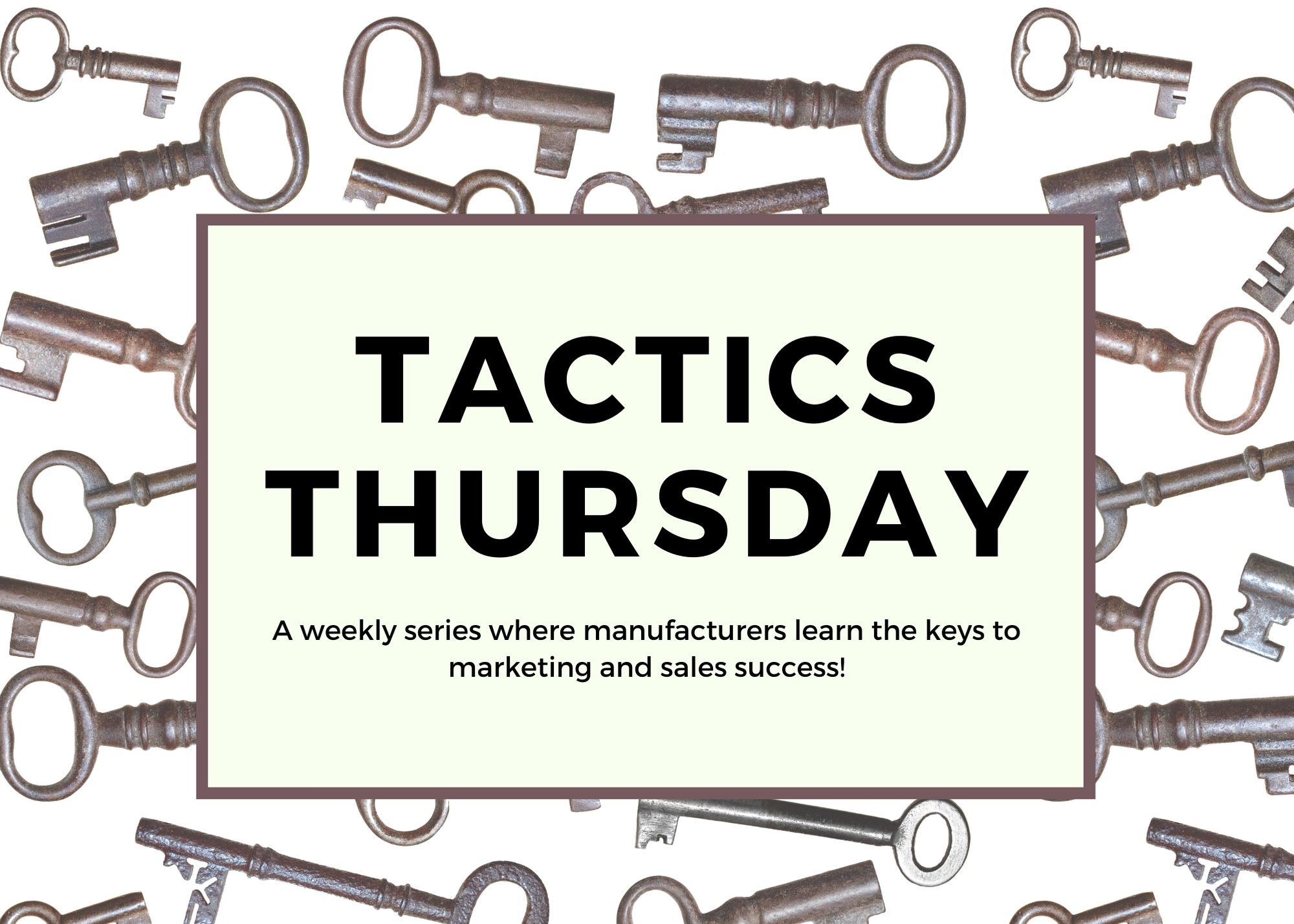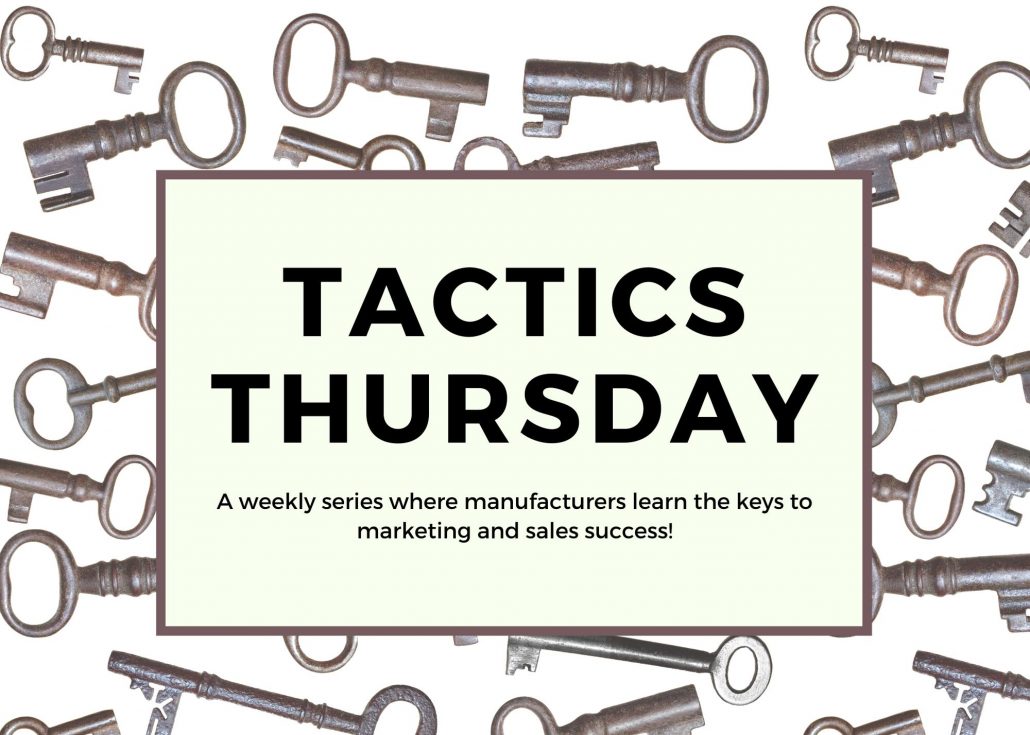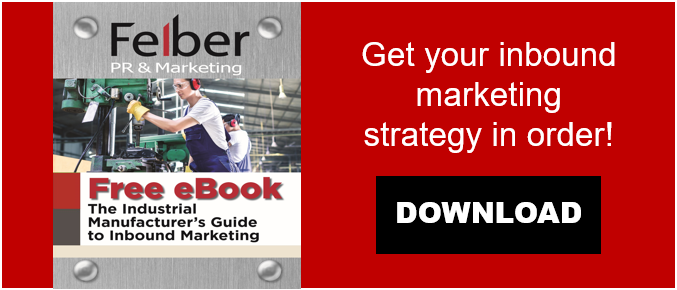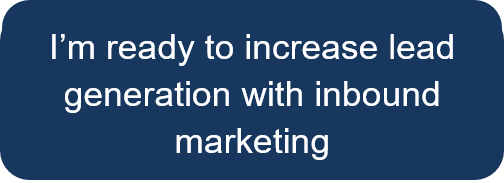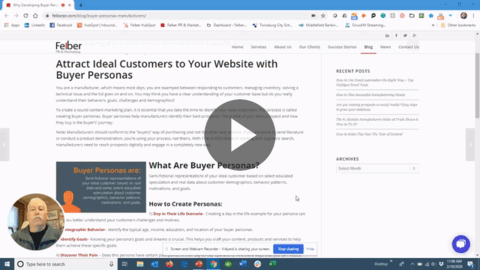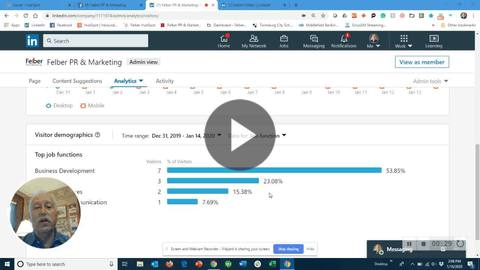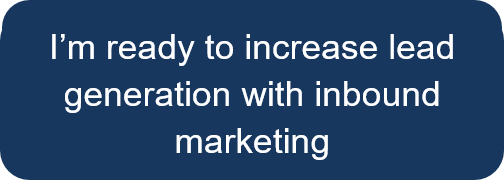This guest blog was kindly provided by Ty Haines, President of Manufacturer Solutions, LLC.

Most of our customers are under $20M in sales and range from $500K to $7B. The top personnel laments are:
- Can’t get good people (hiring practices and attraction improvement needs)
- Can’t keep new people (leftover screening effectiveness and retention needs)
- And, I need people (piled-on stress is unfortunately shared with many)
Yes, the past four years of robust economic expansion have driven down unemployment to levels not seen since 1969 so the choices have become far less in quantity and quality of the lesser skilled applicants. With what is left of the labor supply, a large part of the employee turnover is now inspired by the new hire unable for a variety of reasons to show up ready for work. Many see the annual turnover rate in the group of associates with less than two years with the company at 20%, some as high as 50%. My question to them is what are you doing differently in this time of greater competition for good workers to change these continuing results? Too often, the answer is not much has changed with our practices since the cutbacks to survive the recession.
Recurring themes from employees of what they want from an employer include, in rough order:
- Recognition, respect, appreciation of their work
- Communications: inclusion & transparency on how the company is doing, where it is going – these are two-way and include both listening and acting on your teams’ needs
- Growth opportunities, advancement path
- Job security
- Fair compensation, wages & benefits pop up for people with families or the more mature worker
- Help on life issues & empathy
- Interesting work
- Loyalty from peers and management
- Working conditions including lavatories, changing areas, break room and work area
- Fair discipline
One factory with high turnover had a policy that required their hourly to stay in and eat in the lunchroom. Not the most competitive, but OK. The lunchroom was dark, dirty and smelled well, no, it stunk! It had been that way for years. This was one clear issue on the list we identified that was inspiring people not to hire on and not to stay long. We helped management recognize and fix this negative, removing a first clear impediment to the retention and that hurt attraction too.
Few contract manufacturers have a 30%+ net profit like seen on Microsoft’s published Annual Report or can afford to provide on-site daycare, or free gourmet cafes (Google) so what to do?
Do what you can! Require change, be inclusive and get creative are a great start. All can afford the low cost to tweak the culture to improve recognition, communications, loyalty and even fairly administered policy enforcement – these have high returns. A good option is to follow the Lean culture support for involvement, communications and to celebrate successes as we pursue improvements.
Working conditions – these start with a reliable & safe area to park your ride and extend to details like replacing dead lighting – even a coat of paint can help! Meeting State and Fed requirements should be evident.
One company found their local millennials cared more about higher wages and more time off than benefits – they hire part of their team as part-timers and can pay them more without benes. From mentoring newbies to the monthly injection of fun & pride into a lunch hour to celebrate something that went well: the list is endless of what can be done or adapted in your company. It takes someone to take that first step to try something different, is that you?
Connect with Ty Haines by visiting Manufacturer Solutions Website or emailing HainesMFG@gmail.com
The above is an opinion not endorsed by the publisher.
